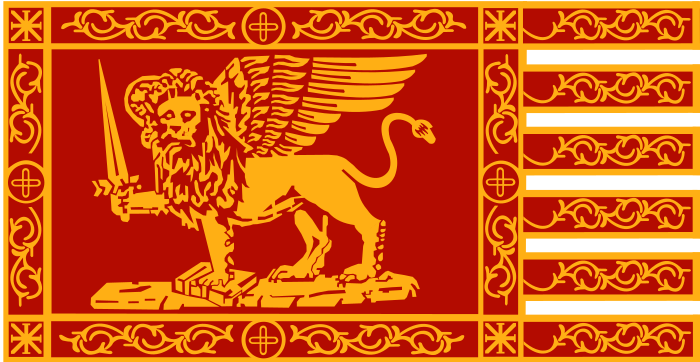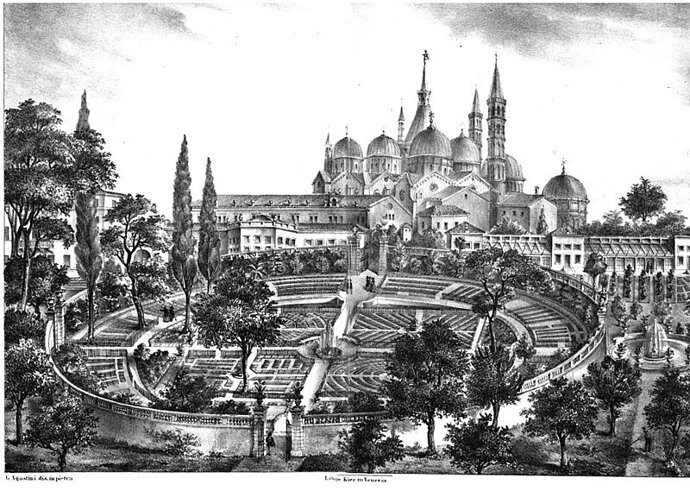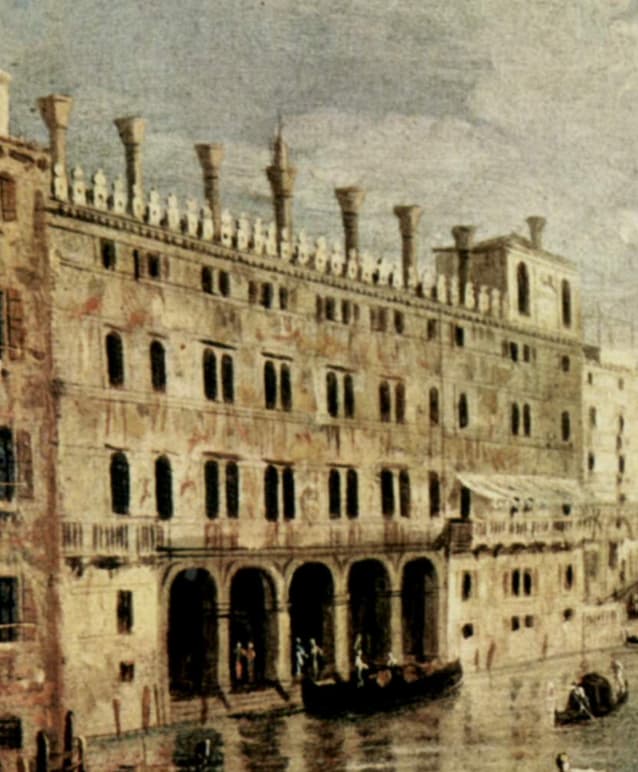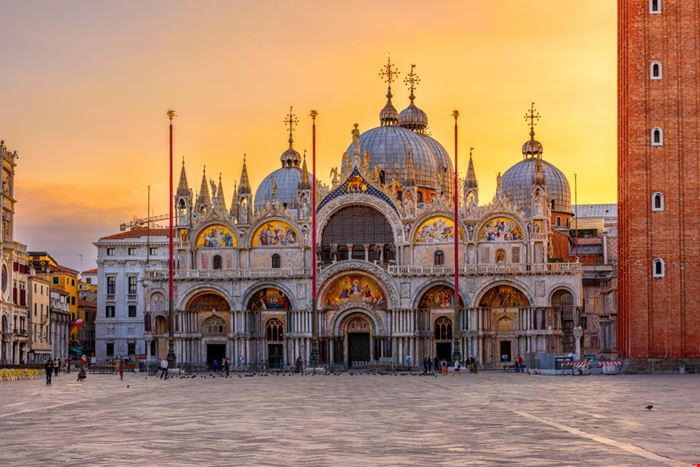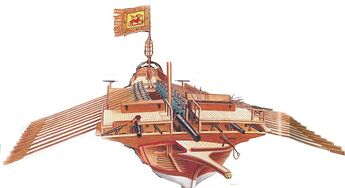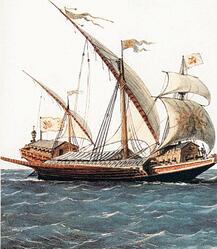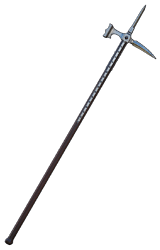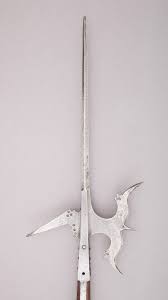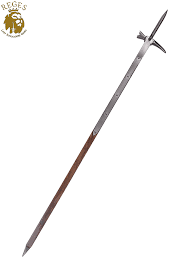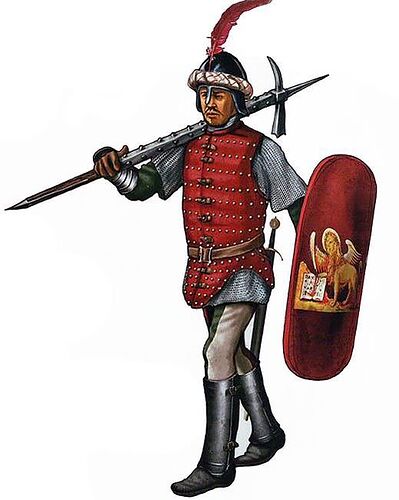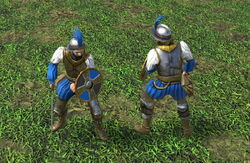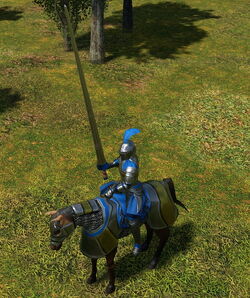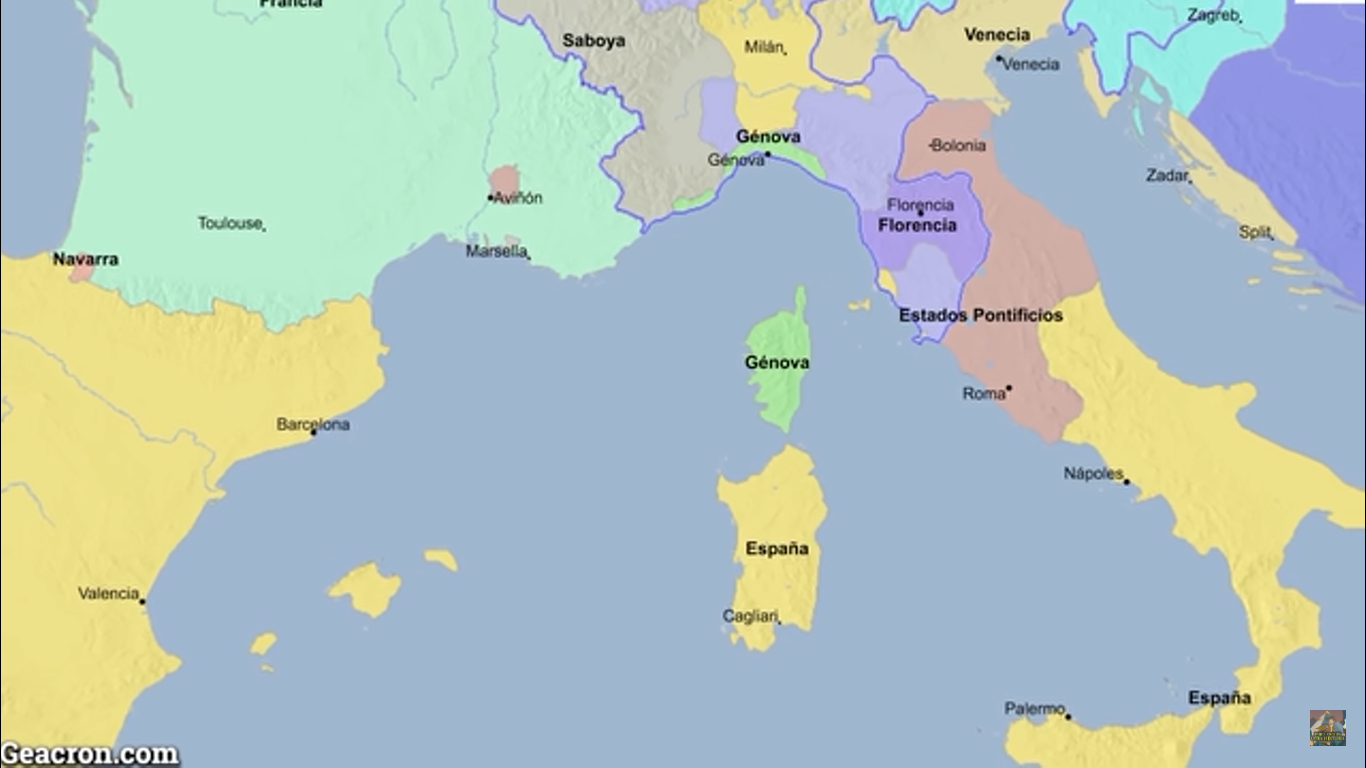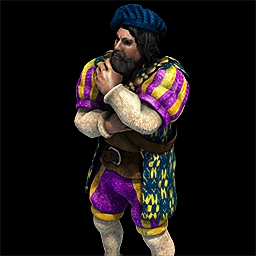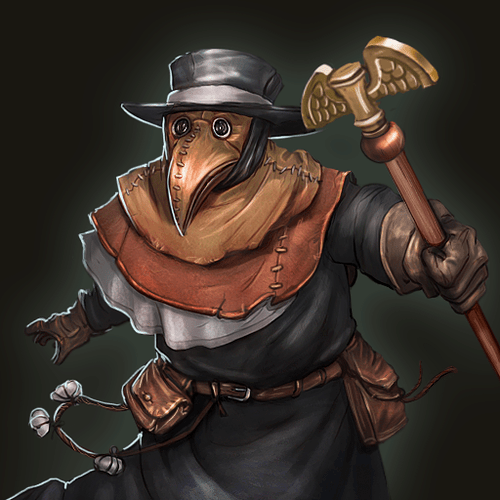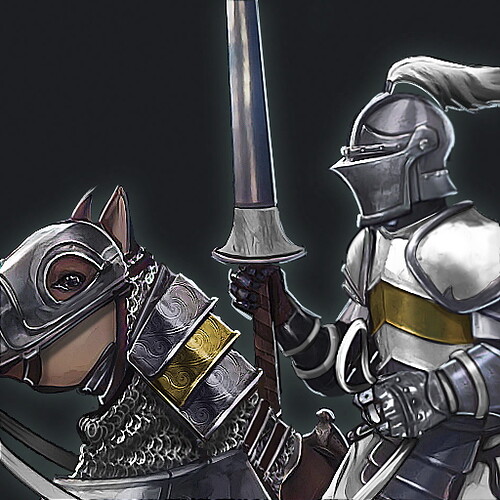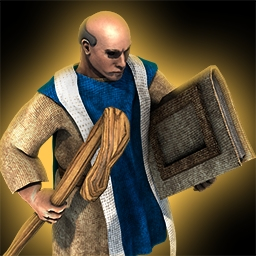I know that I already made a design about the venetians in the forum, but it was an old design and the forum don’t let me change the original post. So I decided to make a new one, since there are a lot of changes.
So here my new design for the Republic of Venice Civilization:
Fighting Citizens
The venetians army is made of fighting citizens supported by mercenaries. Your ranged infantry is recruited from from your population, and is supported by powerful mercenaries and doctors are also able to sabotage enemy units and buildings.
The Most Serene Republic
Your emporiums allows you to trade earlier than others civs, and to gather natural resources nearby, allowing you for a flourish economy right from the beginning.
Sphere of Influence:
Venice is a city full of riches and art, where private citizens economically contribute to public expenses in exchange for prestige for their family.
Bonuses:
Docks have double the HP. Fishing ships bring back gold too (20% of the food).
Enemy units near a dock receives a speed penalty, they become are 15% slower and get double frame delay.
Blacksmith technologies cost 50% less gold.
Trade units move 15% faster.
Emporiums *(2x2) act as an unique gathering point for all resources and market. It can also either:
- Automatically gather wood in a large area from all trees, with 15% the speed of a villager.
- Have trees inside its area regenerate wood with a 20% rate. (multiple emporiums cannot stack its effects on the same tree)
It contains unique upgrades for the emporium and trade units
Archery ranges built near emporiums have a 30% discount on units.
Sphere of Influence:
Patronage of the Arts: each TC have a 3 tile square area radius which gives a 5% discount to buildings (exception for farms, walls and landmarks) placed inside. Each building contribute to increasing the area and by increasing the discount by 2%, up to a maximum of 20%.
NOTE: farms are available only in age 3.
LANDMARKS:
Age 2 Landmarks:
Customhouse Point: Act as an emporium (dogana). The fee to buy/sell resources is decreased by 25% for you, and increased by 25% for you enemy. Anytime any player (including you) use the market to buy/sell resources, you get a 25% extra resources from the total sum of resources exchanged (so what you spend plus what you get) in any resource that you may choose.
It can be built on the shore to allow the training of merchant ships.
Dogal Palace: a building that combine a barrack and an outpost, with the possibility to add emplacements in their respective age, and to train units and research techs 200% faster.
It can be built on shore, and in that case it combines an outpost and a dock can train military ships (and research their techs).

Age 3 Landmarks
State Mint: makes all villagers drop a 10% surplus of resources in the form of gold. Such gold is deposited inside the landmark and not into your main stockpile. Such deposit of gold generate a trickle of any resource that you choose, which is is 1% of the gold deposited per minute. To increase the mint capacity, you also directly deposit gold, or other resources (exchanged into gold at current market values). You can also directly take the gold inside the landmark if you need, but this will of course diminish the gold trickle.
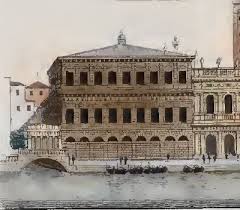
University of Padua: an early university that give access to uni techs earlier, with a 40% discount and with a an additional 5% effect on the techs.
Age 4 landmarks:
Fondaco: acts as a trade post, and it enables to trade between itself and your other markets. Trading with this landmark also gives you back an additional 25% of the gold immediately when the merchant interact with it, without needing to wait for the returning trip.
It can be built on the shore similarly to a dock.
Arsenal: A keep that buff the working speed of military buildings and docks near it by 150%. Inside the building you research military technologies of the nearby buildings 200% faster.
It can be built on the shore similarly to a dock.

WONDER:
Unique units:
Age 2:
Marines: an unique spearmen, which have less bonus damage vs cavalry, but with more HP and base damage.
Cost: 50 food and 30 wood 15s
(Replace the pikeman at the barracks and emporiums)
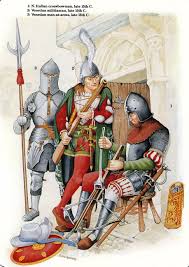
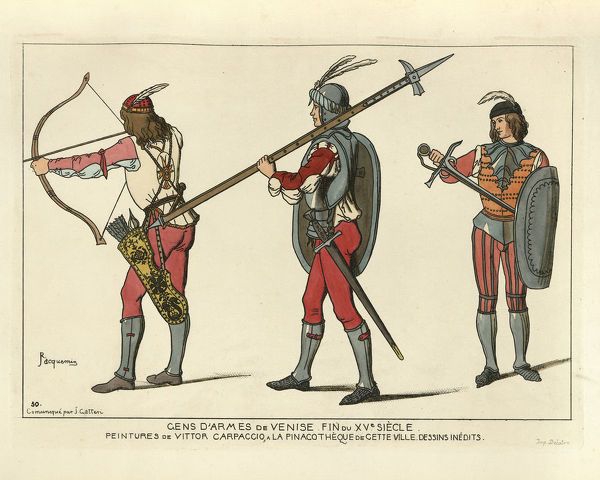
Stratioti: a fast light cavalry unit with less ranged armor and bonus vs archers, but with a special charge attack. Such charge doesn’t deals extra damage, but give a debuff to all units inside 0.5 tiles. The debuff is a penalty speed of 30% and of 15% attack delay, lasting for a 30 seconds (economic and religious units are unaffected).
Cost: 80 food 30 gold 14s
(Replace the horseman at the stable)
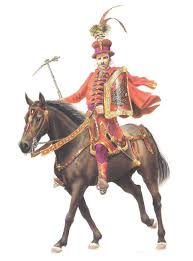
Doctors: a healer unit that can also sabotage enemy cities with the poison effect:
Poisoned enemy buildings if not left idle (not training nor researching) for a total of 60 seconds, those buildings work 15% slower, vills drop 15% less resources, and the building deals 15% less damage. The effect also affects the resources generated by trade, relics, hunt (Rus), tax (Chinese), salt (Venetians) and so on. Buildings poisoned also can’t heal units inside.
Cost: 300 gold 40s
(Town center, monastery and university)
Age 3
Spingards: small and cheap cannon available in the age 3. It can deals with small groups of units, and can destroy buildings when on large numbers.
Cost: 150 wood and 150 gold 45s
(Siege Workshops)
Water Unique Units:
Thin Galley: A 20% faster galley (6.6 instead of 5.5.) which is also trained 20% faster and takes just 2 pop compared to regular galley, but have just 360 HP. It can get special abilities by giving them individual upgrades:
- Fire ships: the units gain a short range fire attack, powerful but that also increase the vulnerability to fire damage and gunpowder units.
- Trebuchet: the unit gain a small frontal treb, with a long range but slow attack.
- Frontal cannons: the unit gain a spread frontal cannon attack, similar to a ribaldequin.
-
Extra bulk: the unit gain the ability to trade like a merchant ship.
Cost: 160 wood and 160 gold 32s
(replace the galley at the dock)
Hulk: the standard unit, but available at the age 2 only throughout infantry. It have a 15% speed penalty until the age 3.
Cost: 300 wood 240 gold 45s
(Infantry)
Galeass: heavy age 3 ship that can attack in every direction. After a tech, it gives a bonus armor to itself all nearby galleys when standing still.
Cost: 360 wood 300 gold 50s
(Dock)

Unique Technologies:
Age 2
-
Artisans: increase all activities of the emporium by 15%
(Emporium) - Double broadax (improved): emporiums gather wood 10% faster.
-
Forestry (improved): trees nearby emporiums can exceed their initial wood deposit.
(Emporium) -
Warhammers: marines and stradiots can deal a penalty which decrease the armor of a unit with each blow. Every blow remove randomly either 1 melee or range armor until both reach 0. The penalty last up until the unit is out of combat for at least 15 seconds.
(Blacksmith) -
Espionage: scouts become invisible when standing still and cannot be detected with units or buildings that are more than 1 tiles away or other scouts.
(Town center) -
Munde: merchants and merchants ships get +25%HP each age and can slowly regenerate health when not attacked.
(Market) -
Siege Engines (improved) infantry can build transport ships and hulks near the shore
Age 3
-
Corporations: emporiums are able to gather all natural resources at a 10% rate.
(Emporium) -
Lumber preservation (improved): emporiums regenerate wood inside trees 20% faster.
(Emporiums) -
Targone: gives +2/2 armor of to the marines, making them a heavy unit, and visually giving them a shield.
(Barrack) -
Schiavona: gives +2 attack to stradiots and knights after the charge.
(Stables) - Verrettoni: crossbowmen get +2 attack and bonus damage against buildings.
(Blacksmith) -
Sea docks: galeasses absorb the damage dealt to nearby ships.
(Docks) -
Insurances: traders and merchant ships killed gives back their gold cost, along with the gold that they were carrying.
(Market)
Age 4
-
Crosscut saw (improved): emporiums gather wood 10% faster
(Emporium) -
Condottieri: military units (except siege and ships) cost 5% less gold.
(University) -
Bench crossbows: crossbowmen get +2 attack and range.
(Blacksmith) -
Dry dock: all ships are built and repaired 15% faster.
(Dock) -
Lazzareti: doctors can be garrisoned inside buildings to heal nearby units.
(Monastery) -
Double-entry accounting: traders and trade ships immediately gives 10% of the gold when interacting with the trade post of what they would deposit on the returning trip.
(Market) -
High calibers: galeasses deals 50% more damage and got +1 range.
(Dock) -
Modern fortifications: all outposts are built with “fortified outpost” already researched. Cannon emplacements take are 50% cheaper and take 50% less time to be researched.
(University, unlocked in the age 3 through the University of Padua landmark) -
Star fort: stone walls get a 30% armor against gunpowder siege.
(University, unlocked in the age 3 through the University of Padua landmark) -
Cavaliers: Cannon emplacements get +1 range. Stone wall towers can get a culverin attack.
(University, unlocked in the age 3 through the University of Padua landmark)
Discarded Features:
School of Trades: the landmark prototype of the state mint. Makes all villagers generate a small trickle of gold, and doubled the discount on buildings connected by the sphere of influence.
Chamber of salt: a landmark that generates a new resource, salt. Salt is slowly generated with trade units, or by building farms around it, that automatically becomes salines. Villagers can work there and drop salt at the building. Fishing ships dropping food there can too generate salt.
Inside the building, salt can’t be bought, but it can be exchanged for all resources. The price of course it gradually increases, but it also reset with time.
Lazzareto: a monastery that can train doctors at a cheaper price.
Cranequins: also called bench crossbowmen, are stronger xbows, with more HP and more attack and range, but slower.
Cost: 50 wood 50 gold 30 seconds
(Archery range)
Mounted crossbowmen: unique age 3 light cavalry unit trained at the stable with a high gold cost. The unit have 2 attack modes:
- Mounted: the unit fight on horse with a melee attack, similarly to a light cavalry unit.
- Dismounted: the unit dismount to fire with the crossbow at range with high ranged armor.
Cost: 120 food 140 gold 22s
(Stable)
Schiavoni: a special handcannoner that can fight either on range, with less range and attack but also less frame delay and higher RoF, or it can fight in melee with a big schiavona, and an high melee damage.
NOTES:
I know that I already have posted a design for the venetians here in the forum, but this design is a lot different for the original one, and also better in my opinion. Unfortunately I can’t change the original post of that design, and just post there the new version would confuse newer people to the discussion. If someone wants to flag to and delete the older post in order to avoid confusion, then by all means do it.
The design of the venetians is purposely over-buffed and over-unique. Over-buffed for avoiding introducing a weak new civ and over-unique in order to represent more aspects and features of the venetian culture and history. It’s also full of unique features in order to have the possibility to remove some of them in the case they’ll be too similar to the features of future new civs and balance changes.
All stats, costs and percentages are more precise possible, but overall they serve to explain illustrate the mechanics and bonuses of the civ, and should be by no means considered the the definitive “numbers”. This is all at an hypothetical level, and need of course more theory-crafting and play-testing to reach a definitive version.
More in depth posts will be gradually made about the landmarks, bonuses, units and other things, that will explain how the civ should be played, the historical context behind it, and how I design them.
This design while being defined a step forward, it’s still far from being perfect, so I count on you and your feedback to help me perfect it even more. I’m posting this nonetheless because I believe that I reached a good enough point, and because I want to move on and start working on a fan design of the Eastern Roman Empire , that for a number of reasons will take a lot more time and effort to do, so I couldn’t keep working on Venice behind too. Keep an eye for one about the ERE, something may come soon.
